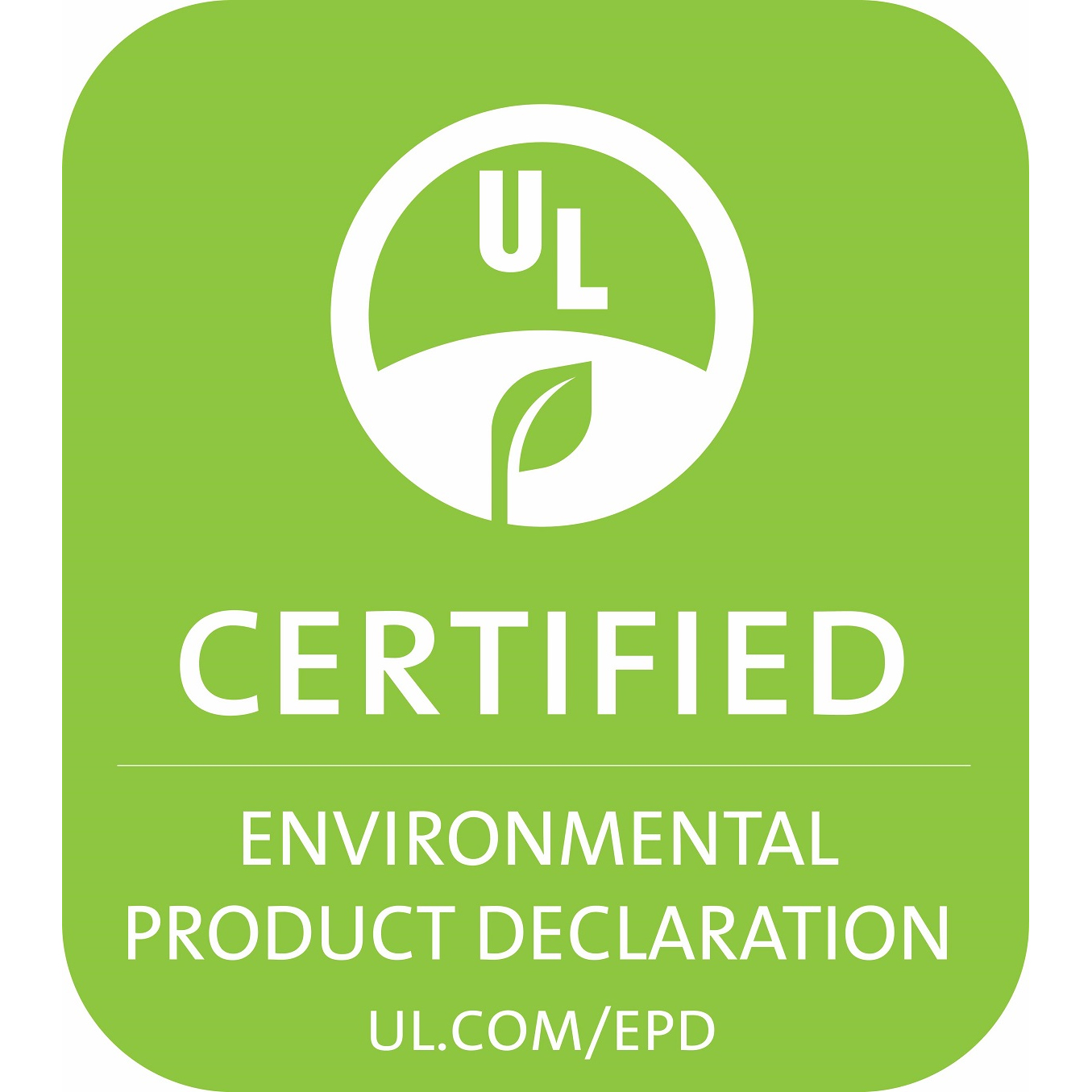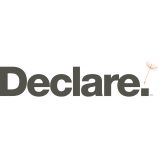
We’re committed to helping you reduce the environmental impact of the buildings you create … from product design and raw material selection, to how products are made and delivered. Our EPDs have been third party-certified by UL Environment as conforming to the requirements of ISO 14025.
An Environmental Product Declaration (EPD) is a declaration for a product or product family that offers: a holistic view of a product; condensed information on a product's environmental impact; details the embodied carbon information; and provides a summary of performance attributes to aid in product selection for each project.
We have simplified the decision-making process through a diverse portfolio of low-embodied-carbon solutions verified in our Environmental Product Declarations.
Environmental Impact Areas Included in an EPD
Global Warming Potential – also known as “carbon footprint,” and “embodied carbon”, which details the greenhouse gas emissions, or other emissions that contribute to climate change
Primary Embodied Energy – amount of energy from renewable and non-renewable sources used in the raw material procurement for a product, and the amount of energy required to manufacture it into a new product
Ozone Depletion – thinning of the earth’s stratospheric ozone layer
Acidification Potential – pollutants or emissions that turn into acids and harm buildings, plants, animals, aquatic life, and human health
Eutrophication Potential – when materials contribute to increased quantity of nutrients that leach into water or solid and shift the biological balance
Water Consumption – total amount of water required to produce a product
Smog/Photochemical Oxidant Creation Potential – when emission of chemicals cause smog or air pollution
Video
Understanding EPDs
We're committed to helping you reduce the environmental impact of the buildings you create…from product design and raw material selection, to how products are made and delivered.



